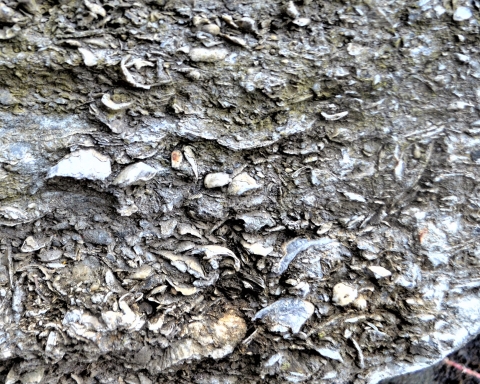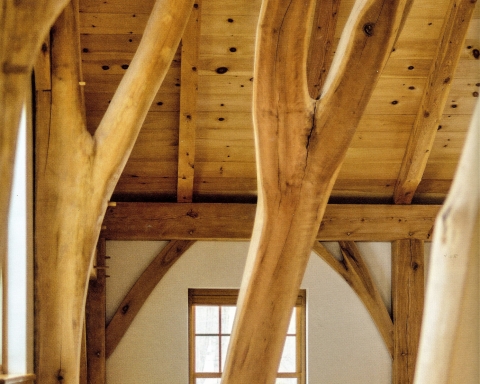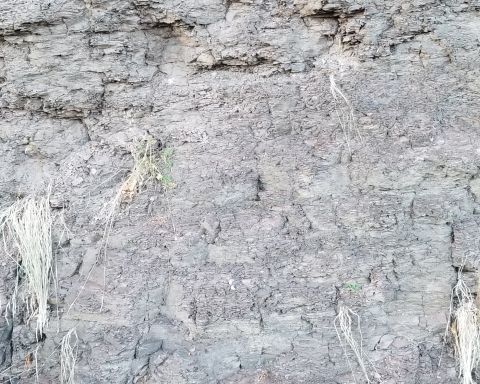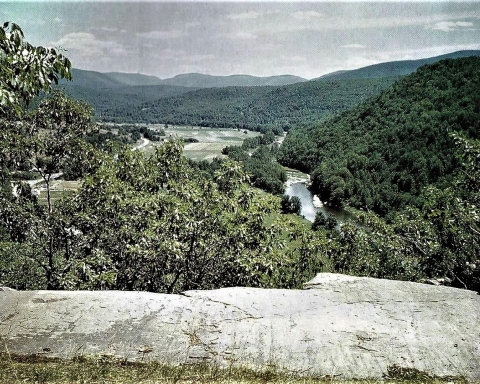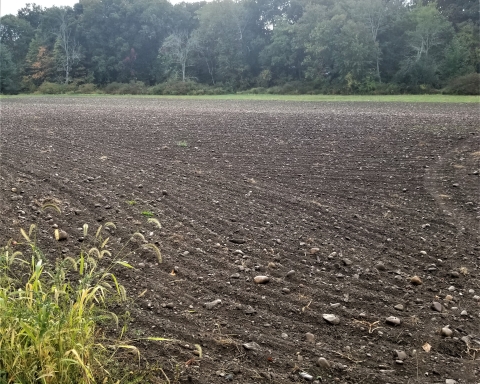We have a theory.
The Catskills Geologists; The Mountain Eagle; Apr. 20, 2018
Robert and Johanna Titus

If you want to be a scientist, then you have to learn how to be very careful with your use of language; you have to learn how to express yourself in very precise terms and with very accurate use of words. The two of us cringe almost every time we hear the word “theory.” The vast majority of people who use the word, don’t know precisely what it means. We had better explain.
People say theory when what they mean to say is guess or hunch. And that is sort of okay in everyday vernacular language. But, in science, the word theory has a very specific meaning. A scientific theory has, indeed, its birth in a hunch, but that notion of a hunch might be better described as an educated guess. It takes a long period of investigation before a scientist is able to even hazard such a guess. The word we scientists prefer is hypothesis. A hypothesis is not a theory, it is an early effort to explain something scientific.
Well, why is it not a theory? The answer is that the rules of science require that the hypothesis must be tested. The tests are in the form of if/then statements. For example, if AIDS is the product of HIV viruses then all victims of that dreadful disease will possess HIV viruses. They do, and the HIV hypothesis has passed its first test. Scientists typically go on to test their hypotheses, over and over again, before elevating any of them to the lofty status of a scientific theory.
Theories are considered “lofty” because they don’t just describe nature, they provide scientists with explanations of nature. They provide us with true understandings of natural processes. Those explanations have been tested over and over again. That means that, in science, the word theory does not invoke any guesswork. It is considered proven as much as any human being can prove anything. Even so, it is normal for scientists to go on and test their theories. We are never really satisfied; we always go on and test.
Much of our writings here in the Catskill Geologists column is based on the glacial theory. That theory maintains that much of the landscape that we travel across, here in the Catskills, was the product of the sculpting effects of glaciers about 20,000 to 12,000 years ago. Every time we write a column about that we are testing the glacial theory. We have never falsified it. We feel that we understand the Catskills a lot more because of that theory.
But there is another theory that governs our writings. That is the theory of the rocks, which was developed by a Scottish scientist named James Hutton in the late 18th century. Hutton came to recognize that rocks were not original to the earth. They had not been born with the earth; they had not always been where they are seen today. Instead, they had formed by “secondary” processes and those processes are essentially the same ones we see operating today.
Most rocks that we see at the Earth’s surface are sedimentary. They mostly formed at the bottoms of oceans, according to the same processes that occur on sea floors today. If we study those sedimentary rocks, we find evidences of the ancient processes that formed them. They are stratified, that is they were deposited in horizontal horizons on horizontal sea floors. They are composed of sediments that match their environments of deposition. Sandstones are composed of shallow water sands; shales are composed of hardened deep water muds, and so on.
That influences how we geologists study sedimentary rocks; we examine them and search for modern ecologies where similar sediments accumulate today. Our Catskills are composed of sandstones and shales that formed in a great delta sequence. We find petrified rivers and petrified floodplains. We find lithified ponds, marshes and swamps. In short, we find thousands-of-feet-thick sedimentary rock sequence’s that identify the Catskills as a great petrified delta. We call it the Catskill Delta. The theory of rocks and the glacial theory guide the two of us to a greater understanding of the Catskills, something we share with you week after week.
Contact the authors at randjtitus@prodigy.net. Join their facebook page “The Catskill Geologist.”

